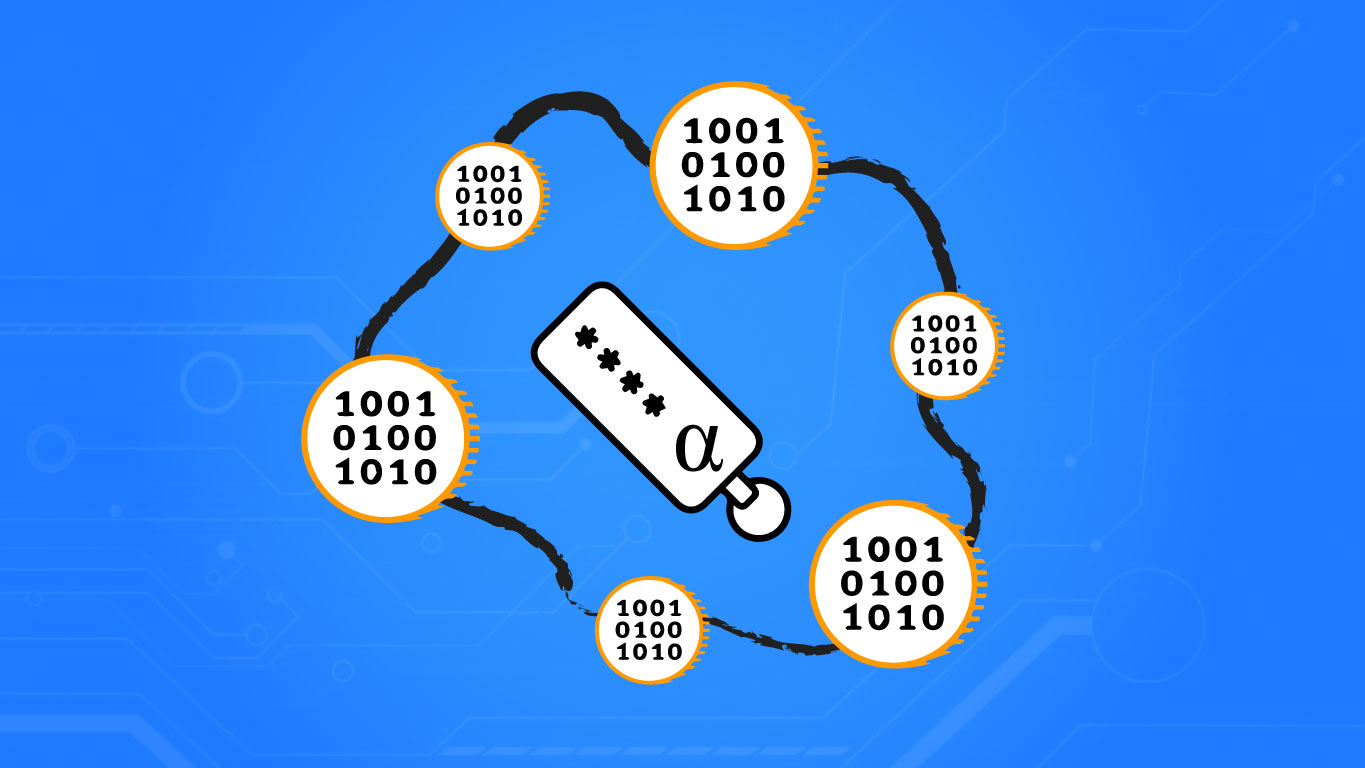Cryptocurrencies have unique dynamics compared to traditional asset markets. These can be described as circulating supply, total supply, and max supply. While these characteristics are analogous to traditional measures such as float or buybacks they represent unique dynamics in the cryptocurrency markets.
Developers and investors alike can benefit from being aware of these terms and the implications they have on a cryptocurrency’s market value. For example, Bitcoin has a hard limit on the total number of coins that will ever exist. Other coins like Ethereum have more complex issuance protocols that involve the balance of continual issuance and continual burning.
Circulating Supply
TL;DR – Tradable
Circulating supply refers to the total number of an asset’s tokens that are publicly tradable via exchanges (CEX or DEX) at a given time. These tokens do not account for those locked via governance protocols, staking, or related activity. Circulating supply is generally used to calculate market capitalization given these tokens are those that reflect market demand most directly. Circulating supply does not account for tokens that have been burned.
Total Supply
TL;DR – Tradeable + Non-Trading
Total supply describes the total number of tokens currently in existence including both the publicly available (circulating) as well as tokens locked through some means or another. Examples of locked tokens include staking, farming, or those held by founders or early investors that are restricted from sale for a period of time (i.e. locked). Total supply does not include tokens that have been burned. In the case of major token burns, the total supply can actually be much less than calculated.
Max Supply
TL;DR – Every Coin Ever in Existence (ever)
Both the circulating supply and total supply can be reduced by events such as burning, staking, or other governance protocols resulting in locking. Max supply accounts for every token that has existed, exists currently, or will exist in the future. When considering investing in a cryptocurrency it is prudent to be aware of the max supply value. For example, if there is a functionally unlimited number of tokens one might find their holdings to become diluted as issuance continues.
Note: ER20 tokens are functionally limited to 2**256-1 (uint256 using 0 decimal places) or, more commonly (2**256 – 1) / 10**18 (uint256 minus 18 decimal places)






















